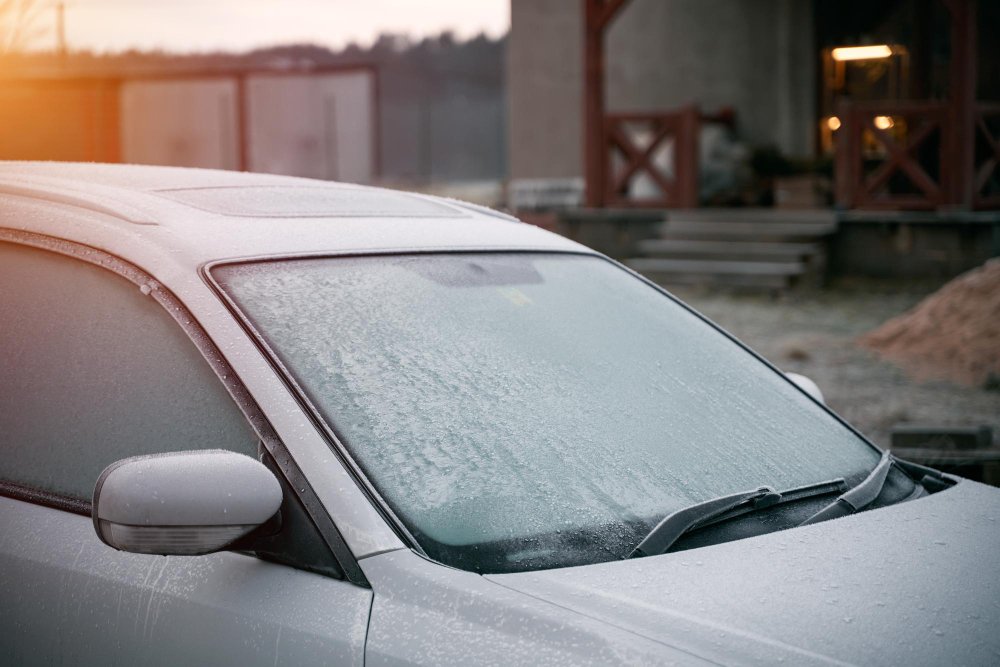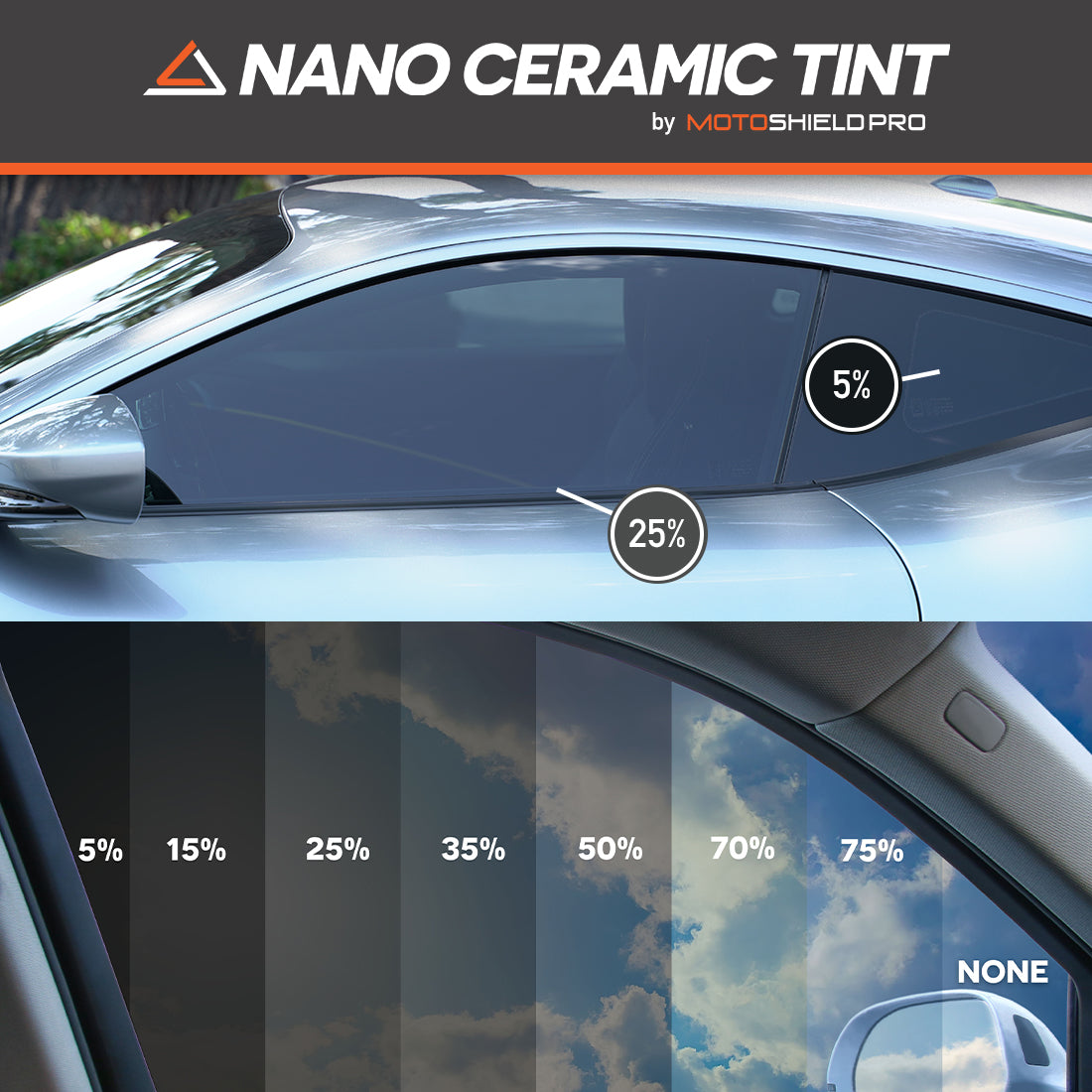Discover the Advantages of UV Security with Auto Window Tinting
Discover the Advantages of UV Security with Auto Window Tinting
Blog Article
Window Tinting Regulations and Guidelines: What You Required to Know Prior To Tinting Your Auto
Before waging home window tinting for your car, it is important to familiarize yourself with the varied laws and standards that govern this technique across various states. These laws dictate the permissible degrees of color darkness, usually determined by visible light transmission (VLT) portions, and include details specifications for front windshields aimed at making certain roadway safety. In addition, certain territories may supply clinical exemptions for people with qualifying conditions. Understanding these complexities can conserve you from potential legal implications, but what are the specific rules in your state?
Review of Home Window Tinting Regulations
Window tinting laws are frequently based on variant across various territories, showing regional policies and safety factors to consider. These legislations determine the permissible degrees of color darkness and reflectiveness on car windows, guaranteeing that motorists maintain ample exposure while additionally shielding versus damaging UV rays and warm.
A lot of regulations identify home window tinting based upon the Visible Light Transmission (VLT) portion, which shows the quantity of light that can go through the window. Generally, reduced VLT portions signify darker colors. Laws typically set apart between the front, side, and back windows, with stricter restrictions applied to the front windscreen to enhance safety and security for both the vehicle driver and other road individuals.
Compliance with home window tinting policies is vital, as infractions can result in fines, obligatory removal of the tint, and potential rises in insurance policy costs. It is essential for vehicle proprietors to acquaint themselves with neighborhood laws prior to continuing with home window tinting setups.
State-by-State Tint Regulations
Recognizing the specific home window tinting regulations in each state is crucial for lorry owners looking for to abide with the regulation. Each state in the united state has established its own set of rules governing window tinting, which can differ substantially. These laws typically determine the allowed levels of tint darkness, the sorts of windows that can be tinted, and any type of medical exemptions that may use.
For circumstances, states like The golden state have rigorous limitations on tint darkness for front home windows, while others, such as New Mexico, might allow darker tints. Additionally, certain states mandate particular exposure portions for numerous home windows, including the windshield, front side windows, and back home windows. It is essential for cars and truck proprietors to familiarize themselves with their state's legislations to prevent prospective fines or penalties.
In addition, some states may call for a certification sticker label to be positioned on colored home windows, showing conformity with state legislations. Failing to abide by these guidelines not just takes the chance of lawful consequences but can additionally impact security and exposure while driving. Automobile owners need to perform thorough research study or get in touch with local authorities to guarantee complete understanding and compliance with state-by-state color regulations.
Allowed Tint Levels and Types
Lots of vehicle owners might be surprised to learn that permitted tint levels and types vary extensively across different states. Each state has actually established its own laws relating to the acceptable darkness and reflectivity of home window tint, usually determined by Visible Light Transmission (VLT) portions. VLT describes the quantity of light that can pass via the colored windows; hence, a lower percent suggests a darker color.

Additionally, the kinds of tint materials permitted can vary, with some states prohibiting mirror-like or metallic coatings. It is necessary for lorry owners to familiarize themselves with their state's certain regulations to guarantee compliance. Non-compliance can cause penalties, compulsory elimination of the tint, or other lawful effects, making it crucial to recognize these guidelines prior to proceeding with setup.
Medical Exemptions for Tinting
While not all states give allocations for medical exceptions pertaining to home window tinting, those that do identify the necessity for specific people to improve presence and comfort because of medical conditions. Numerous clinical problems, such as lupus, skin cancer cells, and specific eye problems, can provide people especially sensitive to sunlight. As a result, these people might need darker tints to safeguard themselves from dangerous UV rays and glow.

It is essential to note that despite a clinical exemption, there may still be limitations on the degree of color allowed. Compliance with state regulations ensures that people are both secured and within lawful limits. Those considering medical look here exceptions should call their neighborhood Department of Electric motor Vehicles or comparable authority to understand the procedures and needs needed to look for an exception successfully.
Penalties for Non-Compliance
Falling short to comply with window tinting legislations can bring about significant charges, which vary by state. Law enforcement companies are encouraged to release citations for automobiles that do not follow the specified tinting laws. These charges generally consist of fines, which can range from moderate amounts to a number of hundred dollars, relying on the intensity of the violation and the state in inquiry.
In some jurisdictions, repeated offenses might result in intensifying fines or additional fines, such as compulsory court looks. Non-compliance might demand the elimination of illegal tinting, typically at the owner's cost. In severe instances, regular transgressors might face suspension of their vehicle enrollment till conformity is attained.
Additionally, insurance policy ramifications might occur from obtaining numerous citations for home window color violations. Insurance companies may see such infractions as a sign of riskier behavior, potentially leading to enhanced costs or problem in insurance coverage.
To prevent these penalties, it is vital for automobile proprietors to familiarize themselves with their local window tinting laws and make certain that their lorry complies (Window Tinting). This aggressive strategy not just stays clear of legal ramifications yet additionally promotes road safety
Final Thought

A lot of laws identify window tinting based on the Visible Light Transmission (VLT) percent, which indicates the amount of light that can pass with the window. Conformity with window tinting policies is vital, as infractions can result in penalties, required elimination of the tint, and prospective boosts in insurance policy costs.Understanding the certain home window tinting regulations in each state is essential for vehicle owners seeking to abide websites with the law. These guidelines often determine the allowed levels of tint darkness, the types of windows that can be tinted, and any type of clinical exceptions that might use.
For circumstances, states like California have rigorous constraints on color darkness for front home windows, while others, such as New Mexico, may allow darker colors.
Report this page